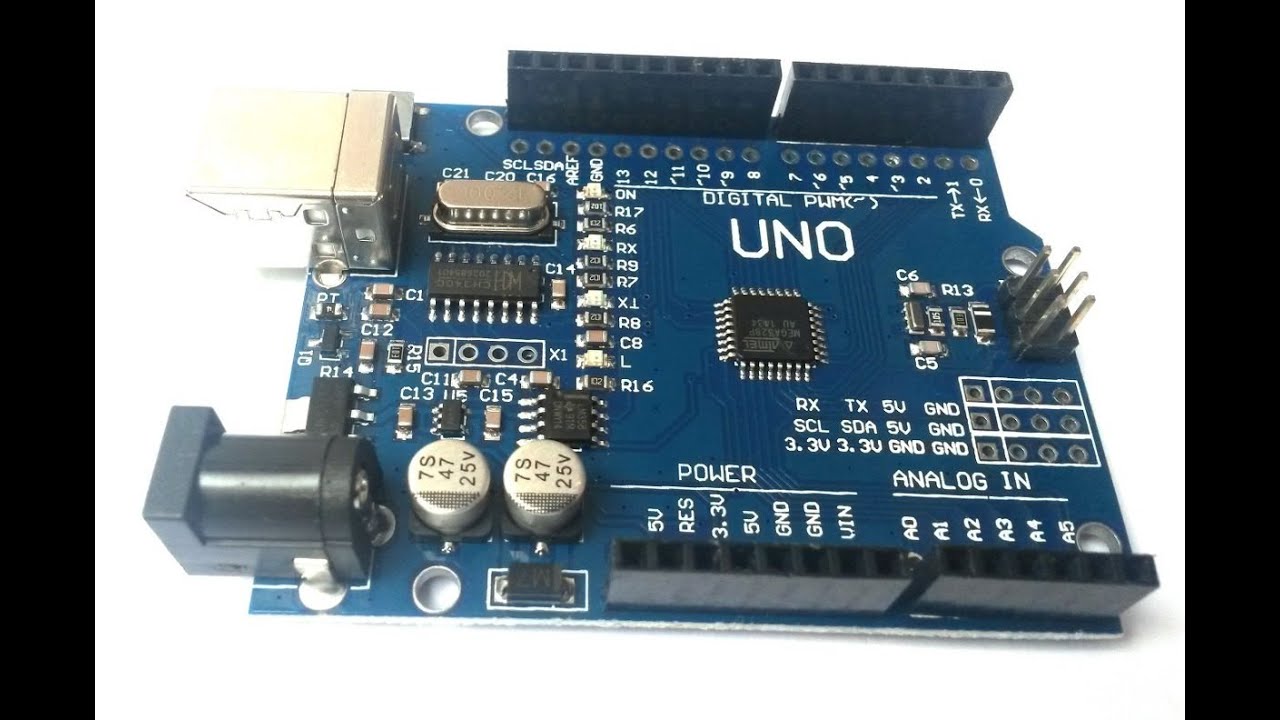

- #Arduino mac drivers how to
- #Arduino mac drivers mac os x
- #Arduino mac drivers install
- #Arduino mac drivers serial
- #Arduino mac drivers driver
* Next, choose the "Browse my computer for Driver software" option.

#Arduino mac drivers serial
You should see an open port named "USB Serial Port" Right click on the "USB Serial Port" and choose the "Update Driver Software" option. * Open the Device Manager by right clicking “My computer” and selecting control panel. After a few moments, the process will fail. * Plug in your board and wait for Windows to begin its driver installation process.
#Arduino mac drivers install
Install the driver ¶ Installing drivers for the Seeeduino with window7 ¶ The green power LED (labeled PWR) should go on. Please go to Installing Arduino on Linux Connect Seeeduino to PC ¶Ĭonnect the Seeeduino board to your computer using the USB cable.
#Arduino mac drivers mac os x
Setup the Arduino IDE ¶ For Window and Mac OS X ¶ĭownload the corresponding software,and click the setup.exe,then follow the instruction will be OK. For interesting start ideas, please refer to the article: 10 great Arduino projects for beginners of recommend using the latest version of the Arduino DIE. If these things don't bring new ideas, you can rely on them to create a better product. If you don't know where to start, you can always go to other projects to get inspired. Let's start with small projects, then work on larger projects. If you're a beginner of Arduino projects or programming in general, don't put too much ambition. Now that you know the basics, it's time to start working on your own projects. In a few seconds, you will see the lights on the Arduino blink, indicating that everything is working properly. Click the Upload button (with arrow icon). The port disappears when you unplug the board as the port you should choose.Īfter re-plugging the board. If you are not sure which port is Arduino, take note of the ports listed, then unplug the board and look back at the ports. Select the board type in the Tools> Board menu, then select the serial port on which the board is connected in Tools> Port. Open the File menu, then scroll down to the Examples section, click '01. One of the easiest ways to test this functionality is with a sample project called Blink. You can start programming right away, but you should make sure you can upload the code on your board first. When the application launches, you will see the main editor screen. To run the Arduino IDE, double-click it in the Applications folder or press Command + Space, then enter Arduino to run it. After downloading, run the installer and follow the prompts. Go to the FTDI download page and download the appropriate driver for your system. The driver you need is for a chip provided by FTDI. If you are sure you need these drivers, or you get an error when running the Arduino IDE, installing them is not too difficult. However, this may not be necessary, since recent boards like the Arduino Uno do not need these drivers. If you are running some Arduino boards, you may need to add drivers. Install third-party drivers (if you need them) When the file is downloaded and unzipped, drag it to the Applications folder to install. If it is a zip file, right-click on the file and extract it. To get started, go to the Arduino IDE download page and get the installer for macOS.

You will need a Mac running OS X Mountain Lion or a newer version to run the installer. To follow this tutorial, you will need Arduino hardware like the Arduino Uno, a USB cable to power the Arduino and upload the code from the computer.
#Arduino mac drivers how to
What the article today will explain is how to upload code to Arduino. But fortunately, you will find a lot of online tutorials on the Internet. This is not a tutorial on how to program Arduino. If necessary, refer to 's instructions on how to install Arduino IDE on Ubuntu or on a Windows computer. Don't worry if you don't know how to install it on other operating systems. This article only explains how to install Arduino IDE on macOS. Don't worry, because you can run code on Arduino in just a few minutes. Getting started with IDE is not a difficult task, but can be daunting for the first time. The easiest way to write and upload code on Arduino hardware is to use the Arduino IDE. Just connect the board and write code, you have the perfect toolkit for your IoT DIY creations. This makes the boards like the Arduino Uno particularly suitable for IoT projects. Arduino hardware closes the gap between pure electronic projects and more advanced single-board computers like Raspberry Pi.


 0 kommentar(er)
0 kommentar(er)
